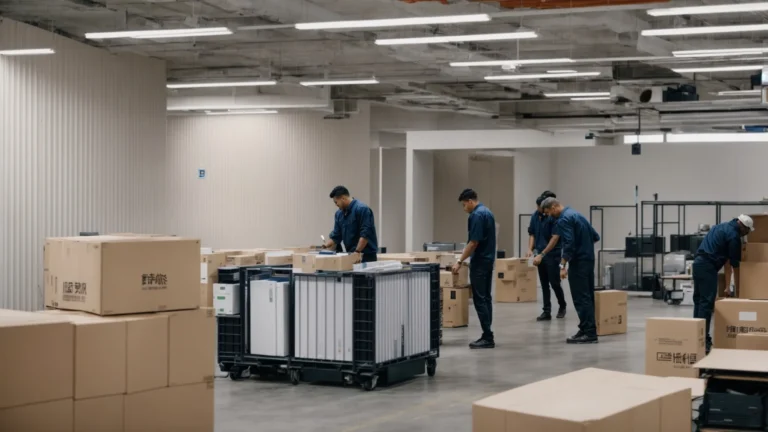Are you a company with a large volume of assets? Chances are, you’ve been advised to make use of asset tracking systems. Make no mistake, these systems are especially popular with growing companies, and for a good reason. If your company is facing similar issues, this article offers insight into how dire the situation can get. We look at some consequences you might suffer from poor asset tracking procedures, as well as the benefits of implementing thorough equipment tracking.
1. Poor Productivity

The major focus of every business is to get the job done well and on time, without any errors. This applies to all industries, and equipment tracking can affect that in many ways. When a company fails to track its equipment or control usage, it may lead to extended deadlines and ultimately wasted man-hours. Trying to find missing equipment takes a lot of time, and replacing that missing piece of equipment will demand the use of existing resources that haven’t been budgeted for.
One might suggest overstocking, but this can also become an issue, especially since it requires extra cost and potential equipment wastage. With equipment tracking software, you have a database of all goods the company uses, you’re offered regular updates on your inventory, and the ability to locate missing items with help from a GPS tracker.
Missing items or a lack of tools can affect workers’ ability to perform their designated tasks. This reduces their morale, leading to productivity issues like delays and mistakes on the job, which might give clients the wrong perception about your company. Poor productivity also damages your company’s hard-earned reputation among your workers and clients because they perceive you not to take the business seriously. Such news might be spread like wildfire and ultimately cause a major loss of potential clients for your company.
2. Monetary Losses.
As stated earlier, money is needed to get a replacement for every misplaced tool. In business, the flow of money is extremely important, and the process needs to be done in a manner that always brings profit back into the business. When assets are lost or misplaced, more money is spent than received, and this causes the company to run at a major loss. Every tool needs to be accounted for, so many companies with large volumes of assets use tracking systems.
With the tool control procedures, you can save a lot of money. Firstly, you don’t have to bring out money to purchase new items, and secondly, you don’t need to pay your workers for downtime, which is caused majorly by a lack of equipment.
What’s more, as your company grows and expands, the process of recruitment tracking becomes more complex. This is partially because you tend to expand and take on more projects in varying locations. Undertaking all these simultaneously means that tool control becomes difficult and close to impossible. This ultimately prevents you from scaling the business and its operations upwards.
3. Hazardous Job Sites

Safety, the primary concern on most job sites, can be affected quickly without the right equipment tracking procedures. When a tool gets missing or lost, there’s a probability of workers tripping over these tools, hurting themselves, and having to take days off to recuperate. Without the right tool system, you can have many accidents that can affect the overall duration of your project, extending it past its expected timeframe, causing you and your client a lot of unrest.
All in all, poor equipment tracking can have dire consequences as companies with a large number of assets tend to face several issues that jeopardize their ability to perform. Many are also clueless about the state of the construction equipment they have, simply because they’re unable to properly track all their assets. For this reason, it helps to invest in equipment tracking software.


